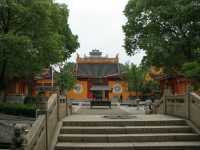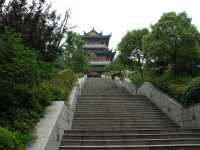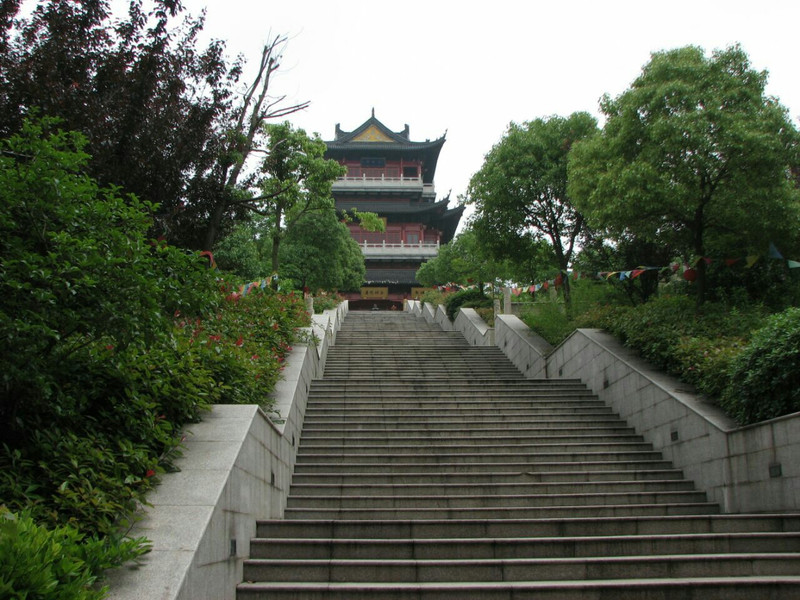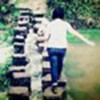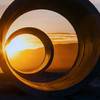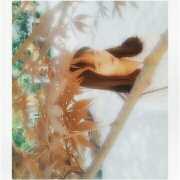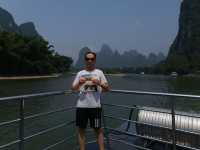A temple in Phoenix Mountain Scenic Spot of Zhangjiagang is very fragrant, but the temples are newly built. There are no relics of ancient buildings. You can come and pay a visit to it as you pass by. You can see it at will. The surrounding environment is good.
;
Yongqing Temple Review
4.2 /539 Reviews
Popular Destinations
Krakow Travel | Greenock Travel | Faro District Travel | Rhos on Sea Travel | Colombo Travel | Portugal Travel | Sorrento Travel | George Town Travel | Taiwan Travel | Coventry Travel | Reggio Calabria Travel | Greece Travel | Kyoto Travel | Blackpool Travel | Davao Travel | Sedbergh Travel | Sun City Travel | Southsea Travel | Shilin Travel | Shrewsbury Travel | Sonoma County Travel | Blue Earth County Travel | Kawazu Travel | Yakushima Travel | Sedgemoor Travel | Macclesfield Forest and Wildboarclough Travel | South Staffordshire District Travel | Union County Travel | Xingyang Travel | San Severo Travel
Recommended Attractions at Popular Destinations
Bangkok attraction near me | Tokyo attraction near me | Manila attraction near me | Hong Kong attraction near me | Seoul attraction near me | Taipei attraction near me | Los Angeles attraction near me | New York attraction near me | Shanghai attraction near me | Kuala Lumpur attraction near me | Shenzhen attraction near me | Osaka attraction near me | Singapore attraction near me | Guangzhou attraction near me | London attraction near me | San Francisco attraction near me | Beijing attraction near me | Macau attraction near me | Bali attraction near me | Paris attraction near me | Ho Chi Minh City attraction near me | Orlando attraction near me | Jakarta attraction near me | Phuket attraction near me | Chicago attraction near me | Toronto attraction near me | Istanbul attraction near me | Cebu attraction near me | Dallas attraction near me | Seattle attraction near me
Popular Attractions
Oia | Shangxiajiu Pedestrian Street | Thames River Sightseeing | Disneyland Park | Westminster Abbey | Aquaria KLCC | Guangzhou Big Buddha Temple | Vana Nava Water Jungle | LEGOLAND® Windsor Resort | Medina of Marrakech | Yorkshire Lavender | Patong Boxing Stadium Sainamyen | Ghibli Museum | Puerto de Mogan | Quinta da Regaleira | The Grand Mosque of Kuwait | St. Nicholas Church | Aqua Spa Complex | Sri Varadaraja Perumal Temple | The Spa at Terranea | Eglise du Gesu | MacDonald Park | Grandma Prisbrey's Bottle Village | Tokyo Disneyland | SEA LIFE London Aquarium | Windsor Castle | Madame Tussauds London | Sky Garden | Kapalai | Gardens by the Bay
Popular Travelogues
Bangkok Travelogue | Tokyo Travelogue | Hong Kong Travelogue | Seoul Travelogue | Los Angeles Travelogue | New York Travelogue | Shanghai Travelogue | Kuala Lumpur Travelogue | Shenzhen Travelogue | Osaka Travelogue | Singapore Travelogue | Guangzhou Travelogue | London Travelogue | San Francisco Travelogue | Beijing Travelogue | Macau Travelogue | Bali Travelogue | Paris Travelogue | Ho Chi Minh City Travelogue | Phuket Travelogue | Chicago Travelogue | Toronto Travelogue
Payment Methods
Our Partners
Copyright © 2024 Trip.com Travel Singapore Pte. Ltd. All rights reserved
Site Operator: Trip.com Travel Singapore Pte. Ltd.
Site Operator: Trip.com Travel Singapore Pte. Ltd.


